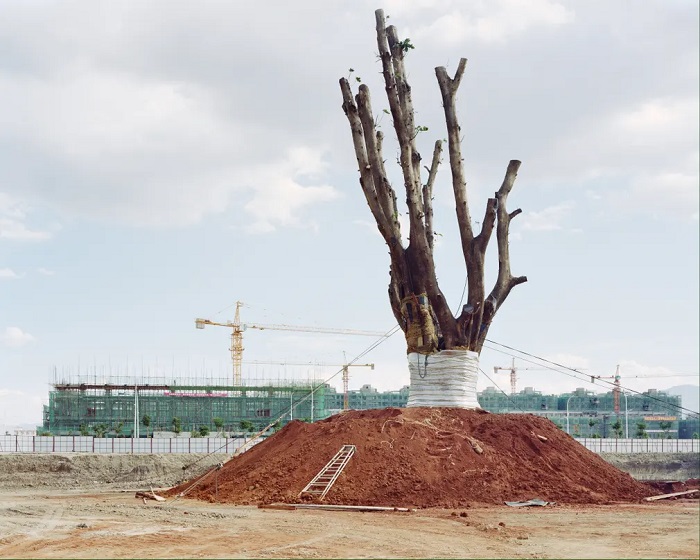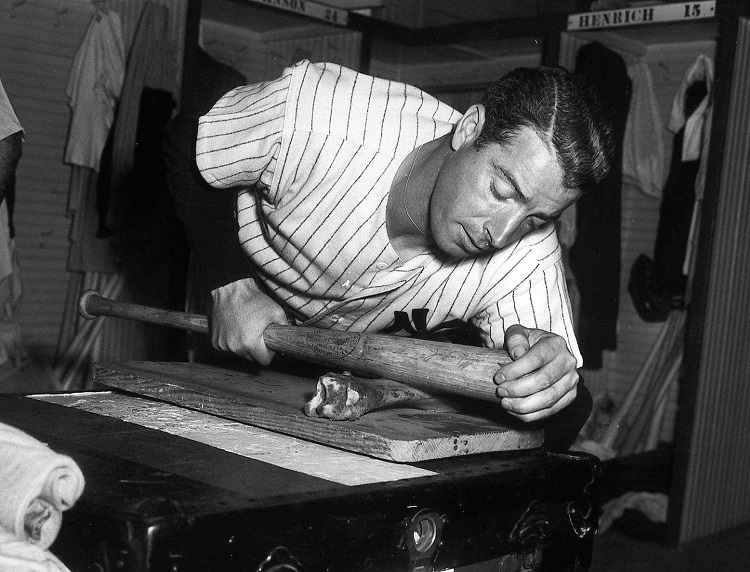I tried to discover, in the rumor of forests and waves, words that other men could not hear, and I pricked up my ears to listen to the revelation of their harmony.
Gustave Flaubert, November
I tried to discover, in the rumor of forests and waves, words that other men could not hear, and I pricked up my ears to listen to the revelation of their harmony.
Gustave Flaubert, November

From Wikipedia:
The Spruce Production Division was a unit of the United States Army that was established in 1917 to produce high-quality Sitka spruce timber and other wood products needed to make aircraft for the United States’ efforts in World War I. The division was part of the Army Signal Corps’s Aviation Section. Its headquarters were in Portland, Oregon, and its main operations center was at Vancouver Barracks in Vancouver, Washington. Workers in the division were members of the Loyal Legion of Loggers and Lumbermen, a union specifically established to support the army’s wood production operations.
From BBC news:
When an atomic bomb was detonated over the Japanese city of Hiroshima in 1945, hundreds of thousands of people were killed and injured.
Despite many survivors believing nothing would grow in the city for decades, 170 trees survived and are still growing 75 years later.

From The Guardian:
China is reconstructing nature alongside rapid urbanisation. Yan Wang Preston photographed the uprooted trees that have been moved to new cities

From The Guardian:
Long-lived pioneers – a term that has been around for decades – include species such as mahogany, Brazil nut trees and Ceiba pentandra, which are visible far above the rest of the canopy because they grow fast (at up to twice the speed of plants lower in the canopy) for hundreds of years.
Researchers believe this is the result of a trade-off between stature and reproduction: they are able to put more energy into putting on biomass than into producing offspring.

From The Guardian:
An earlier post by Firsov had warned about heightened radiation levels at the site of the fire, which he said had been caused by the “barbaric” practice of local grass fires often started in the spring and autumn. “There is bad news – radiation is above normal in the fire’s centre,” Firsov wrote on Sunday.
The post included a video with a Geiger counter showing radiation at 16 times above normal. The fire had spread to about 100 hectares of forest, Firsov wrote.
From The Independent:
“During the initial shipboard assessments, the unusual colouration of the sediment layer quickly caught our attention; it clearly differed from the layers above it,” said study co-author Dr Johann Klages, a geologist at the Alfred Wegener Institute Helmholtz Centre for Polar and Marine Research in Germany.
They said the 90-million-year-old soil is so well preserved it contains countless traces of pollen, spores, remnants of flowering plants and the researchers could even make out individual cell structures.
From Seattle Times:
As Ettl and his UW colleagues collect reams of data, they hope their work could grow an industry that boosts margins for small landowners, prevents the conversion of forest land for development and nourishes a more diverse forest. If Washington landowners can produce a liquid this delicious from bigleaf maples, which many consider a weed best to eradicate, the UW team reasons it will provide incentive enough to keep these beneficial trees on the landscape.
From Vimeo:
The mill is over 400 years old and still retains much of the ancient wooden milling machinery. It’s been restored over the last 15 years to a working water-powered traditional paper mill, using a 100 year old metal wheel from Wales and an 1841 Hollander Rag-Breaker.

From Deadspin:
For decades, baseball bats had been made almost exclusively of ash. But in the mid-1990s, Sam Holman, a sort of Johnny Mapleseed of baseball bats, started experimenting with maple, giving samples to several players for the nearby Toronto Blue Jays. Eventually, one found its way into Bonds’ hands. He liked the way it felt, and the results seemed self-evident.